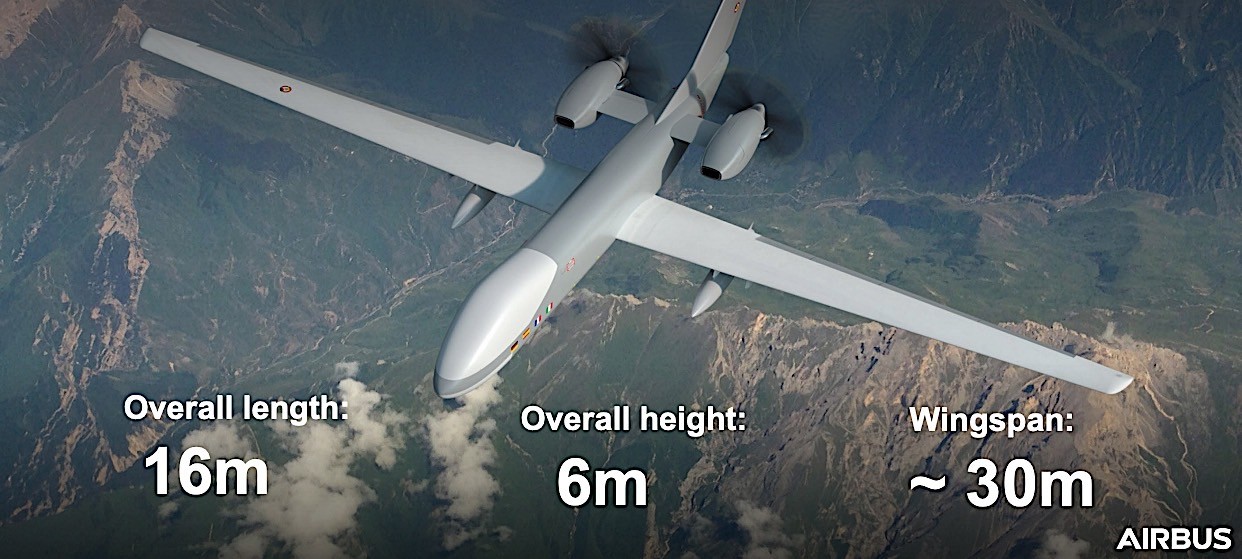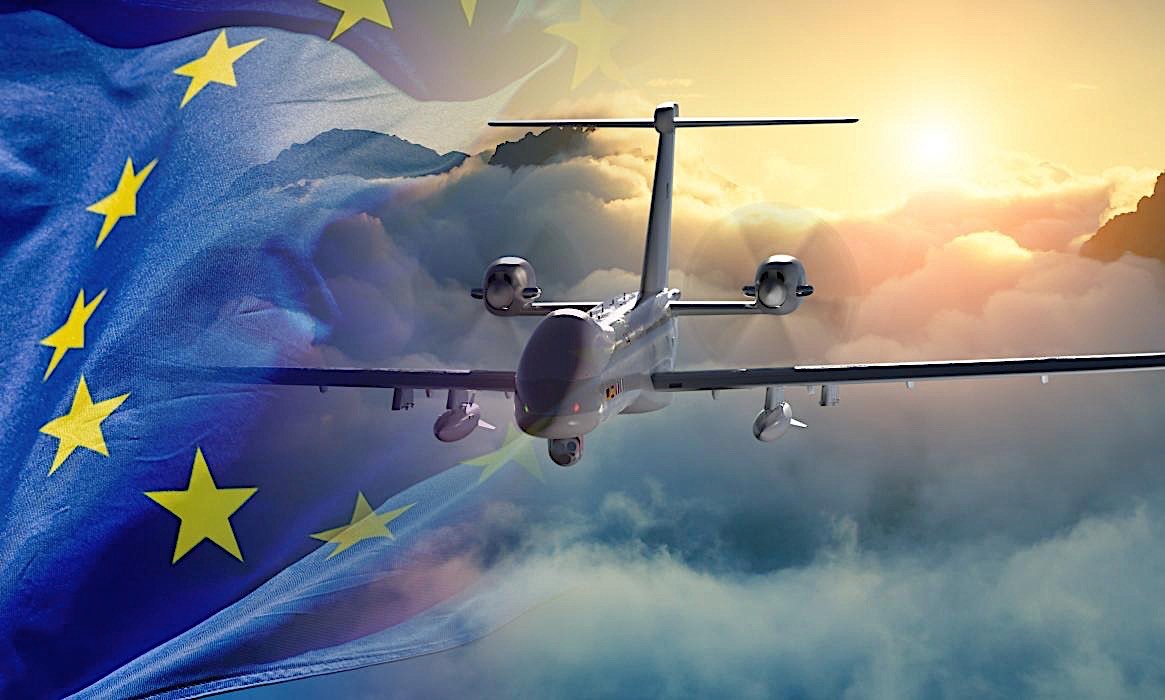The Eurodrone program, a collaborative venture involving leading European aviation companies such as Airbus, Dassault, Safran, and Leonardo, aims to develop an advanced unmanned aerial platform tailored for intelligence, surveillance, target acquisition, and reconnaissance (ISTAR) missions.
Announced approximately a year ago, the program underscores Europe’s commitment to maintaining sovereignty and independence in vital areas of unmanned long-endurance ISTAR capability, particularly amidst ongoing geopolitical challenges.
Recent progress in the Eurodrone program was highlighted by Airbus’s announcement confirming the completion of the preliminary design review. This critical milestone signifies a comprehensive evaluation of the project’s whole concept, including rigorous assessments and validation procedures such as wind tunnel testing and digital modeling.

Moving forward, the Eurodrone will undergo further refinement, with the next crucial phase being the critical design review. The ultimate goal is to have the first operational Eurodrone in the skies by 2027, followed by military deployment in 2028. A prototype is expected to be finalized by the end of the current year.
Once operational, the Eurodrone will offer unparalleled capabilities, boasting impressive dimensions with a wingspan of 85 feet and a height of 19 feet. Powered by twin General Electric turboprop engines, it is projected to achieve speeds of up to 310 mph and altitudes of 45,000 feet.
With a maximum payload capacity of 5,000 pounds and an estimated flight time of 40 hours, the Eurodrone aims to become a cornerstone of future combat air systems, capable of operating alongside crewed aircraft. As development progresses, further insights into its capabilities will undoubtedly emerge, marking a significant milestone in European aviation innovation.

